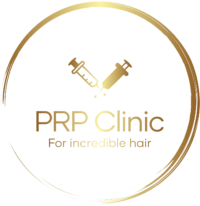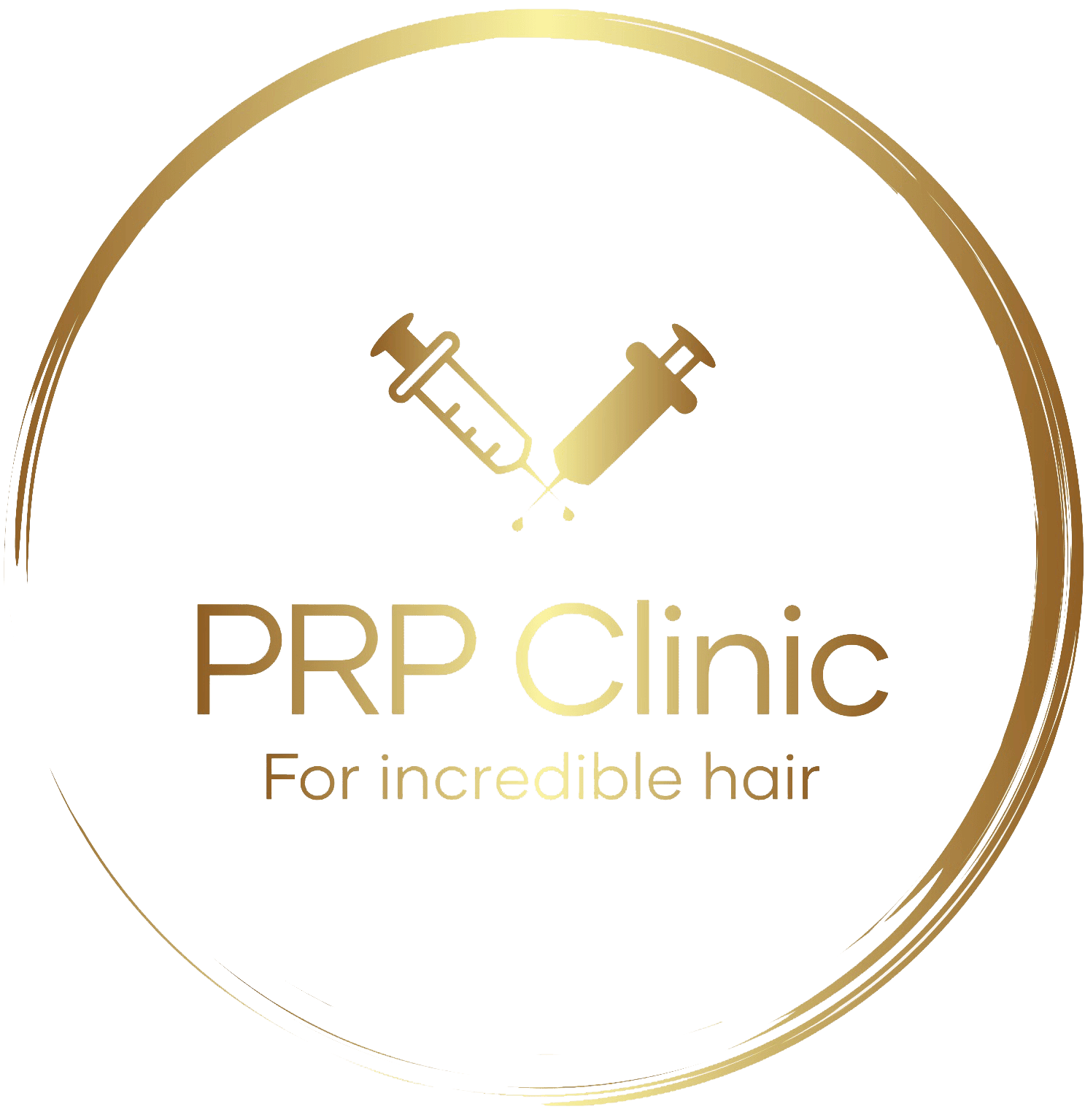FAQ
Find answers to the most frequently asked questions about PRP here.
Frequently Asked Questions.
- 15 to 20 ml of blood will be taken from you and placed in a special PRP tube.
- The tube of blood is placed in a centrifuge. In a quick run of 5-15 minutes (depending on the device), the blood in the tube is divided into three layers: plasma, white blood cells with platelets and red blood cells.
- The specialist collects the top layer – the plasma – in a syringe.
- The scalp is cleansed and prepared for the treatment.
- The problematic skin area is treated with a microneedle and injected with plasma.
- After your PRP treatment, you can immediately do almost everything you are used to. Sometimes the scalp may be briefly red, but this is nothing to worry about. We recommend that you do not take a sauna for the first 24 hours after the treatment and do not use aggressive chemical coloring or perm fluid on the hair.
- Most people can undergo PRP treatment without any problems, but there are situations in which this treatment is less suitable. This may be the case, for example, if you suffer from a blood or platelet disorder, chronic liver disease, if you have an infection or if you have some cardiovascular diseases. Your hair consultant from PRP Clinic will discuss with you whether a PRP treatment is possible for you.
- After the PRP treatment, the growth factors from the platelets start to do their work, this process continues for 4-8 weeks. It is recommended to undergo 3 treatments with 4-6 weeks between each treatment. To maintain the effect, a separate treatment can then be done once every quarter or six months. Unfortunately, a single treatment is not effective.
- Of course. The benefits of using PRP to promote hair healing and hair growth after hair transplantation focus on three functional applications: maintaining and increasing the viability of hair follicles during and after hair transplantation. Promote and improve tissue recovery and healing process after hair transplantation.

